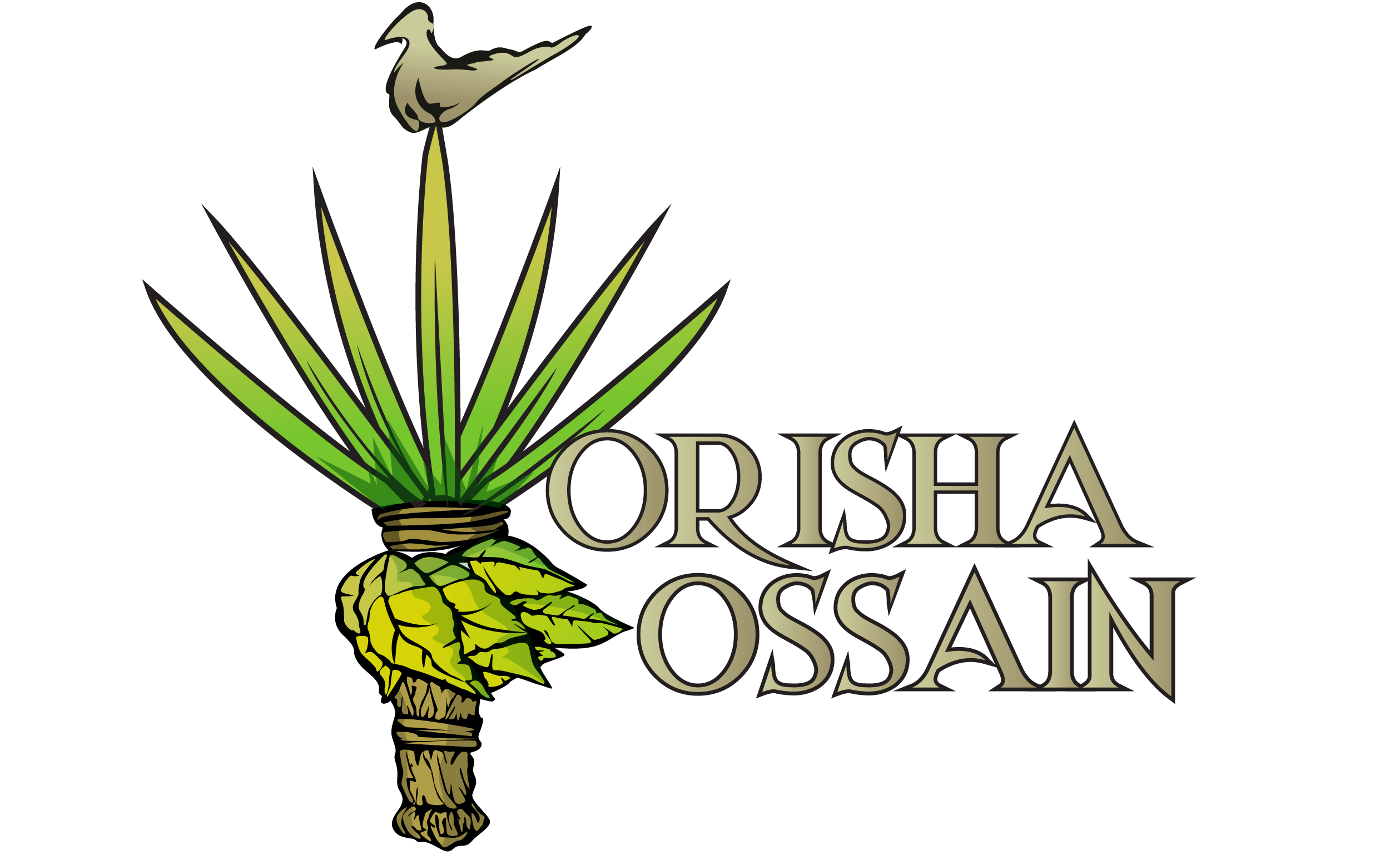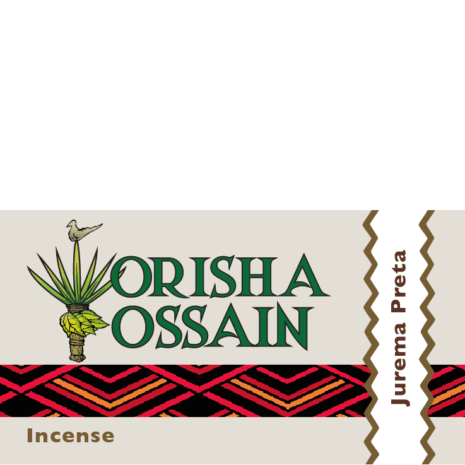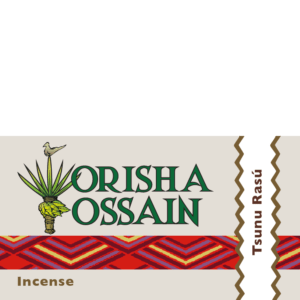Rapé Jurema Preta
From: $19.73
Rapé Jurema Preta is a type of rapé that follows the same line as the other Jurema types that I offer here Tsunu Jurema / Jurema Branca. This variety incorporates the ashes of Jurema Preta (black Jurema).
Rapé Jurema Preta is a typical snuff that connects Indian and Afro-Brazilian culture and spirituality.
Rapé Jurema Preta
Rapé Jurema Preta is a type of rapé that follows the same line as the other Jurema types that I offer here Tsunu Jurema / Jurema Branca. This variety incorporates the ashes of Jurema Preta (black Jurema). Rapé Jurema Preta is a typical snuff that connects Indian and Afro-Brazilian culture and spirituality. This snuff primarily works on the heart chakra and the third eye chakra. It assists in mediumistic development.
Jurema Preta (black jurema) Mimosa Tenuiflora
Jurema preta is the Brazilian name for Mimosa tenuiflora, one of those rare plants that are both appreciated for their visionary properties and their proven medical uses. Perennial tree/shrub, widely spread in tropical deciduous forests from north-eastern Brazil to southern Mexico. Black Jurema is an opportunist, a pioneer plant, and a survivor, easy to propagate, especially from seed.
Taxonomy and Names
The Portuguese Jurema has become a popular name to refer to the widely known and used Mimosa Tenuiflora, often called Mimosa Hostilis. In Brazil, though, Jurema does not refer to one plant in particular but rather to a group of “sensitive” plants in the Mimosoidae subfamily.
Among them, Mimosa Tenuiflora is generally called black Jurema (Jurema preta). the also rich in tryptamines Mimosa Ophthalmocentra is red Jurema (Jurema embira). According to the researcher Sangirardi Jr, white Jurema (Jurema branca) corresponds to Pithecellobium diversifolium, while Jurema de Oleiras is the less spread Mimosa Verrucosa.
Other sources point out that different tribes will call Mimosa Verrucosa Jurema branca or Jurema preta, or suggest Acacia Farnesiana or Piptadenia Stipulacea as Jurema branca, so the popular nomenclature may not be conclusive for identification. Tepezcohuite or Tepescohuite (tree of the skin) is how Mimosa tenuiflora is known in Mexico.
This has also become the name of the plant extract, generally obtained from the tree bark, successfully used, and commercialized for medical/cosmetic uses.

Traditional Use
In northeastern Brazil, many indigenous cultures have a long history using Vinho de Jurema, Jurema wine, a visionary drink. Depending on the location, the composition and name of the preparation vary. Still, black Jurema is arguably the most common ingredient. The root or stem bark is harvested and brewed for a long time. In some afro-Brazilian cults, the bark is soaked in sugar cane alcohol, obtaining a preparation called cauim.
Properties
Also traditionally, both powdered bark and aqueous extracts of the bark have been widely and effectively used in folk medicine. Jurema is used for treating burns, ulcers, and wounds with excellent results.
Evidence of use reaches back to the Maya civilization, and recently Mimosa tenuiflora bark has delivered spectacular results in the treatment of burns and skin injuries, with a breakthrough in the treatment of victims of the San Juanica natural gas explosion in 1982 and the 1985 earthquake, both in Mexico.
Research has shown that the healing activity of Mimosa Tenuiflora bark is due to a combination of different compounds (tannins, triterpenoid saponins, steroid saponins, polyphenols, phytosterols, lipids, and others, besides the alkaloid fraction). Pharmacologically, Mimosa tenuiflora bark shows antimicrobial, antifungal, analgesic, regenerative, cicatrizing, anti-inflammatory, and anti-aging properties, according to multiple sources. Black jurema is yet another case of scientific validation for powerful traditional medicine.
About the Maker
My friend Carlito from Sao Paulo made this Rapé. He practices various forms of plant-medicine work like all of my contacts do. In this work, he received instructions to open his path to Rapé. He has followed the instructions he received and has been making Rapé for several years now. Even without a connection with indigenous Indians, he learned to make high-quality types of Rapé and is still learning.
Carlito showed me the little altar space where he keeps his Rapé. Before any of his own rapé leave his house it stays in a room. Surrounded by various crystals and placed under a pyramid the Rapé stays there for a week.
At various moments in this period, he enters this room and prays towards the Rapé. A week of energizing and prayers is the final part of the work. The Rapé is ready now.

Tepi and Kuripe
Have a look at the collection of Tepi and Kuripe. Various styles from different artists are available.  Tepis receiving blessings from their creators
Tepis receiving blessings from their creators
Handling & Sorting
I sieve this Rapé Jurema Preta and all other snuff coming from my shop through a 120-micron high-grade stainless steel mesh. I also store the Rapé stock dry and in vacuum containers to prolong freshness and quality.
This results in.
- an extremely fine powder.
- a guaranteed consistent fineness
- optimal absorption of the snuff






